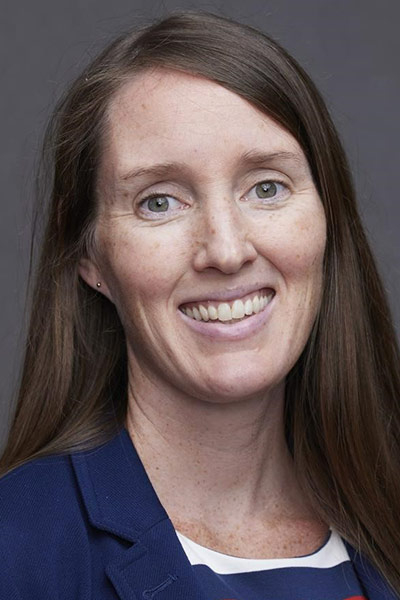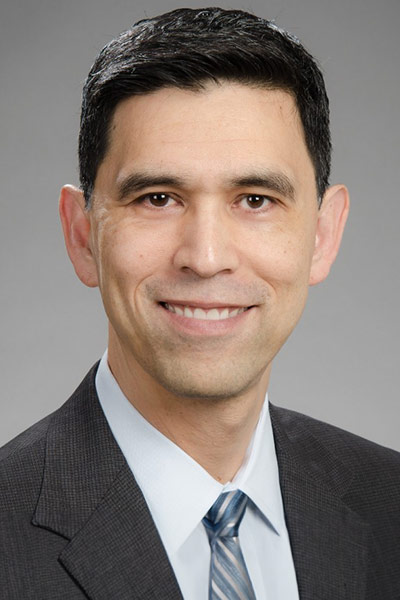Telemedicine has become a prominent channel for physician-patient communication since the COVID-19 pandemic. But despite the growth and advantages of telemedicine, technology access and e-health literacy limitations pose potential barriers and increased risks of widening health disparities.
Experts discussed the efficacy of virtual education with patients and best practices that optimize televisits for patients who require asthma and COPD self-management interventions during Use of Telemedicine for Asthma and COPD Self-Management Among Underserved Populations, at the CHEST Annual Meeting in Honolulu.

Inhaler education could be an optimal care practice for telemedicine, as many patients with asthma and COPD require educational resources to optimize their use of inhalers. Valerie G. Press, MD, MPH, Associate Professor of Medicine and Pediatrics at the University of Chicago, shared data concluding that more than 80% of patients misuse rescue inhalers, while more than 70% misuse controller inhalers.

A teach-to-goal approach to inhaler education through televisits could provide a solution to improve these various disparities in care and patient health outcomes. Jennifer A. Szwak, PharmD, FCCP, Clinical Pharmacy Specialist at Johns Hopkins Hospital, explained that teach-to-goal training involves a provider demonstrating correct inhaler use, followed by the patient trying to mimic the behavior and on-the-spot feedback for the patient. This cycle can repeat several times until the patient has demonstrated technical competence with their inhaler.
“Teach-to-goal has been demonstrated to have lower rates of inhaler misuse than verbal instruction,” Dr. Szwak said.

Interestingly, collected data have shown that even with the technical challenges of telemedicine, patients find the interactions helpful. Vincent S. Fan, MD, Associate Professor of Pulmonary, Critical Care, and Sleep Medicine at the University of Washington, cited a study where patients reported technical issues with 43% of their visits. However, 94% stated they were satisfied with their virtual inhaler training.

Sarah Gray, MD, MPH, Pulmonary and Critical Care Physician at NorthShore University Health System, shared similar themes from a COPD virtual medication reconciliation and education pilot study.
“Virtual teaching is an effective complement to clinical care. We’ve seen that in multiple studies and that patients are willing to use this modality as well,” she said. “And even though they may prefer in-person clinical visits, augmenting that visit with a virtual component, or even combining [virtual teaching] into an already integrated virtual visit, is something that they find useful.”
Critically, clinicians who participated in the pilot study agreed with patients on the utility of telemedicine encounters.
“They [provider pilot study participants] felt that it was really useful, and all of them wanted it to continue as something that they offered to the patients going forward,” Dr. Gray said.
However, clinicians must be aware of common patient barriers for televisits. Disparities resulting from the digitalization of health care have generally shifted from differences in access to technology to a digital capability or digital literacy divide. As Dr. Press explained, there is a significant difference between health and e-health literacy.
“We actually could not find a correlation between the two [health literacy and e-health literacy], meaning someone could have high health literacy but not be tech-savvy, and potentially vice versa,” she said.
Clinicians must also be aware of potential barriers to medication adherence based on socioeconomic and geographic determinants of health.

“Social determinants of health have direct and indirect effects on medication adherence,” said Isaretta L. Riley, MD, MPH, Associate Professor and Vice Chief of Diversity, Equity, and Inclusion in the Division of Pulmonary, Allergy, and Critical Care Medicine at Duke University.
Dr. Riley shared data to illustrate fluctuating barriers to asthma medication adherence based on factors like a nation’s health care infrastructure and economic status. For example, environmental context and resources were significant barriers for high- and middle-income countries without universal health care, whereas nations with universal health care systems did not share these concerns.
Sociopolitical differences can also affect patients at an intranational scale, Dr. Fan said.
“Rural [patients with COPD in the United States] are at increased risk for adverse outcomes but have less access to specialty care and programs like inhaler training and self-management,” he said.
Addressing patients’ specific challenges must be a priority for physicians, Dr. Riley concluded.
“Future medication adherence interventions should really be tailored to the barriers unique to a target population,” she said.
Join us at CHEST 2025
Save the date for the next Annual Meeting, October 19 to 22, 2025, in Chicago. CHEST 2025 will explore the latest advancements in pulmonary, critical care, and sleep medicine, with a focus on innovation and the future, just as the city itself embodies progress and reinvention.





